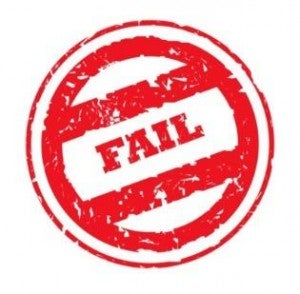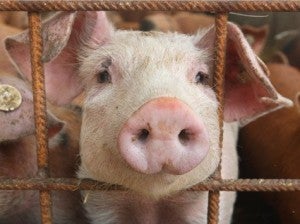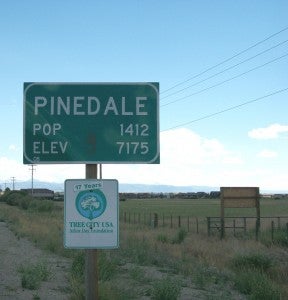What makes you slow down more, a speeding ticket with a hefty fine or a warning? For most people, getting a ticket for violating the speed limit and having to fork over some cash to pay the fine is a powerful deterrent. In this case, enforcement has done its job. Giving you a penalty for not following the law makes you more careful in the future.
Air pollution rules are no different. Getting the rules right and then following up with strong, fair enforcement actions incentivizes industry to follow them, reduce pollution and clean up our air.
Since 2011, Wyoming environmental regulators have issued an annual study examining air emissions from numerous engines deployed in the state’s oil and gas fields. These engines power things such as compressors used to deliver natural gas to market.
It’s not surprising that the Wyoming Department of Environmental Quality (DEQ) has singled out these engines for special attention. A 2011 emission inventory for the Upper Green River Basin — a portion of the state that has struggled with ozone problems and is designated a nonattainment area by the U.S. Environmental Protection Agency for high pollution levels — found these engines to be by far the largest source of nitrogen oxide (NOx) emissions.
NOx is one of the two air pollutants that lead to harmful ozone, or smog, formation. In fact, the 2011 inventory indicates these engines emitted more than twice the NOx pollution of heaters, the next biggest source in the basin. They accounted for 1,639 of the 4,529 tons, or around 36 percent, of NOx emitted in the basin overall. Read More













